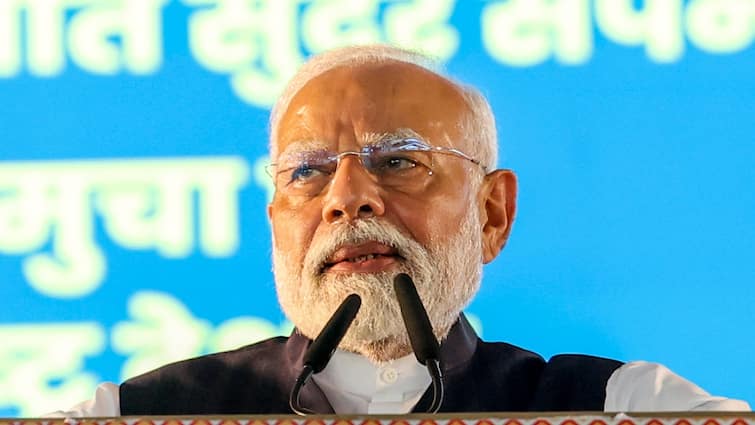Last Updated:
Your anger should last no longer than a line drawn on the surface of water — there for a moment, then gone. Take the lesson from the event, and move on

When you simply agree to be with the conflict, it begins to dissolve. (AI generated)
Peace is your inner state, where your body, mind, and spirit are in harmony. It is being in harmony with your surroundings, your people, your society. Ultimately, peace is being in harmony with the whole environment and the cosmos. That’s why we say three times, Om Shanti, Shanti, Shanti — inner peace, peace in the environment, and peace in the cosmos.
Recommended Stories
But peace does not mean complacency. Many people think peace is anti-activism — that it means being laidback, passively accepting things, being complacent. They confuse peace with passivity, and aggression with activism.
We need to embody peace without becoming complacent in the face of injustice.
Do not shy away from conflict; speak the truth. While doing so, there is no need to be aggressive or rude. Be firm yet kind. And if you do lose your cool, return to your centre. Your anger should last no longer than a line drawn on the surface of water — there for a moment, then gone. Take the lesson from the event, and move on.
Be like the lotus that grows in a muddy pond yet remains untouched by the mud. The lotus leaf rests in water, but when a drop falls on it, the drop sits like a gem without clinging to the leaf. In the same way, be in this world like the lotus — present yet unattached. When you simply agree to be with the conflict, it begins to dissolve.
Conflicts often have two sides, both convinced they are right. If you truly listen, you’ll find sense in both arguments. Yet peace requires building trust, fostering belonging, and creating space for dialogue. Breakdowns in communication trigger disputes, which escalate when both sides refuse to move from their positions. To resolve conflict, both sides need to rise above their differences and see the bigger picture.
This is where mediation becomes vital. Leaders and those in power must cultivate inner calm and peace; it allows them to think clearly and act wisely for the greater good.
Jainism teaches a beautiful philosophy called Syaadvaad — the principle of “perhaps-ness.” The truth is, everything in this world is uncertain, yet we live as though everything is certain.
Certainty and self-righteousness breed anger. We become upset when things don’t go our way. But when you accept uncertainty, you free yourself from anger and violence. You begin to believe in possibilities rather than rigid outcomes. This mindset keeps you balanced when life doesn’t unfold as expected.
Certainty brings comfort, but uncertainty brings adventure. It makes you come alive. It sparks creativity, faith, and resilience. Turbulence is part of the world, but peace is the nature of our spirit. When we remain centred in peace — with resolve and skill — this inner stillness begins to radiate outward, calming the turbulence around us.
So, make an intention to be established within; be dynamic outside and then you can bring peace to everyone else.
International Peace Day is celebrated on September 21 to strengthen the ideals of peace globally and promote non-violence.
The author is a humanitarian leader, spiritual teacher and an ambassador of peace. Views expressed in the above piece are personal and solely those of the author. They do not necessarily reflect News18’s views.
September 21, 2025, 11:18 IST
Loading comments…
Go to Source
Author: News18




